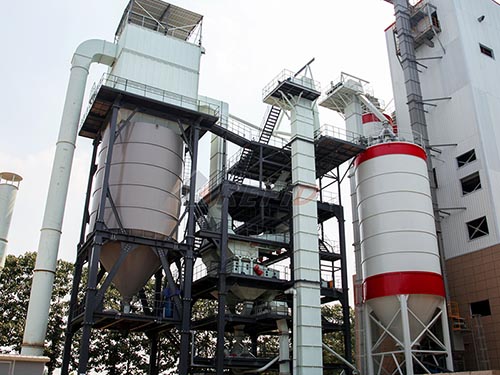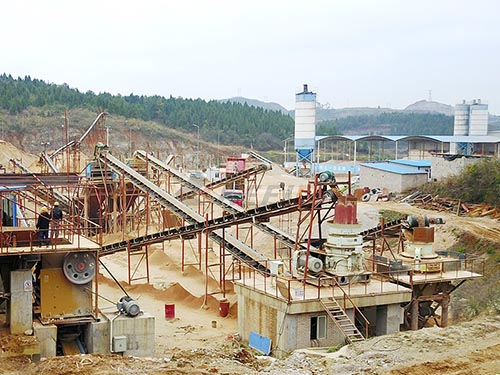Different Crusher Zone In Rajasthan
Navigating Rajasthan's Crusher Zones: A Framework for Sustainable Stone Crushing

Rajasthan, India's largest state by area and a mineral powerhouse, holds vast reserves of sandstone, limestone, granite, marble, and other construction minerals essential for development. To manage the environmentally sensitive activity of stone crushing – crucial for producing aggregates used in concrete and roads – the state government has implemented a structured zoning system through the Rajasthan State Pollution Control Board (RSPCB). Understanding these different crusher zones is vital for operators seeking licenses and for ensuring environmental protection.
The Imperative for Zoning
Stone crushing generates significant dust (particulate matter), noise pollution, and vibrations. Unregulated operations near sensitive areas like cities, villages, forests, wildlife sanctuaries, historical monuments, or agricultural land can severely impact public health and ecosystems. The zoning system aims to:
1. Minimize Environmental Impact: Restrict crushing activities near ecologically or socially sensitive locations.
2. Protect Public Health: Reduce exposure of populations to dust and noise pollution.
3. Conserve Water Bodies: Prevent contamination of rivers and lakes.
4. Streamline Regulation: Provide clear guidelines for siting new units and monitoring existing ones.
5. Promote Sustainable Mining: Integrate crushing operations responsibly within the mining framework.
The Classification: Red, Orange & Green Zones
Rajasthan categorizes its territory into three primary crusher zones based on proximity to protected or sensitive areas:
1. Red Zone (Prohibited / Highly Restricted):
Definition: Areas where establishing new stone crushers is strictly prohibited due to high sensitivity.
Locations: Includes land falling within:
A notified radius around major cities (e.g., Jaipur - typically within 5 km of municipal limits).

Proximity to National Parks & Wildlife Sanctuaries (e.g., Sariska Tiger Reserve boundaries).
Vicinity of critical water bodies like rivers and lakes.
Areas near densely populated villages or townships.
Land adjacent to historical monuments protected by ASI or state archaeology departments.
Forest land unless specifically diverted with stringent conditions.
Status: Existing units within Red Zones often face intense scrutiny regarding compliance with pollution norms (dust suppression systems - sprinklers/windbreaks; noise barriers) and may be phased out or relocated over time.
2. Orange Zone (


